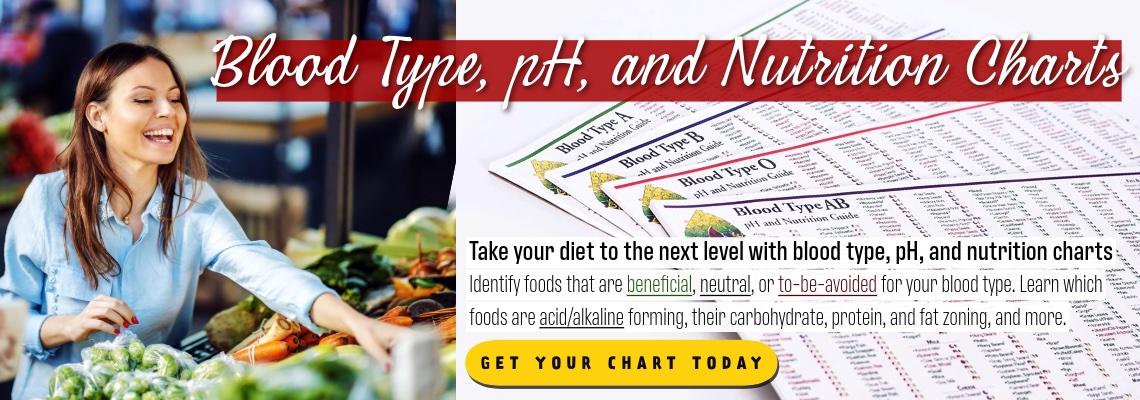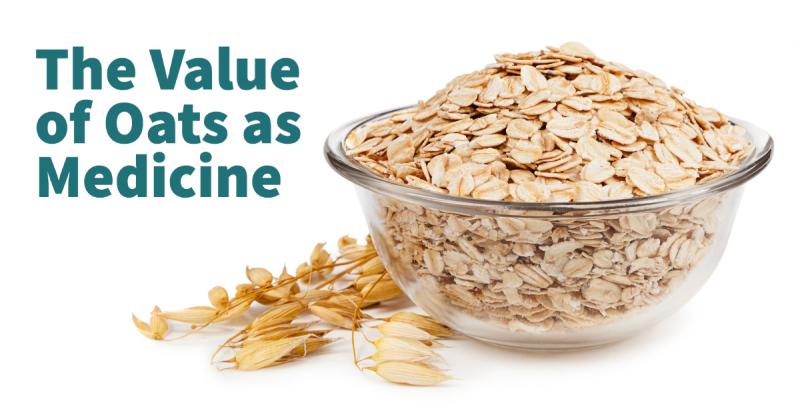
Along with wheat and barley, oats are another excellent example of a grass that is both a food and a medicine. With a long history of cultivation as a food crop, oats originated in three separate geographic regions, Abyssinia, the Mediterranean and China. Today, oats (Avena sativa) are grown in the U.S., Canada, Russia, Turkey, Iraq, UK, Spain, and Germany.
The Oat Type
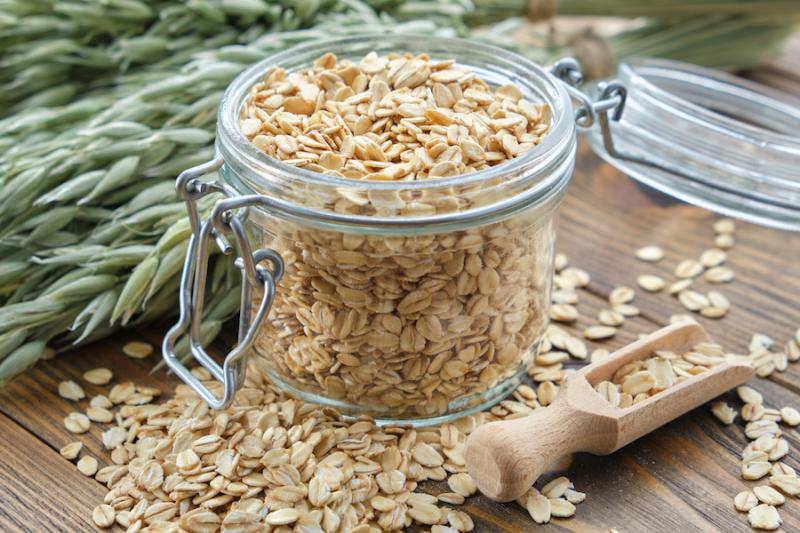 The grain (seed) is harvested and milled to produce oatmeal and oat groats. The oat grain is a highly nutritious whole grain that has been used by natural healers as a food for the chronically ill to help restore vigor to the body. Dorothy Hall actually provides a personality profile for the person who needs oats. She says they are ”strong, large-framed, energetic, and fit.” These sports-people need oats to sustain their body and endurance. Also included in this category are the laborers, the farmer, sailor, or builder, who must perform hard labor, often in poor weather.
The grain (seed) is harvested and milled to produce oatmeal and oat groats. The oat grain is a highly nutritious whole grain that has been used by natural healers as a food for the chronically ill to help restore vigor to the body. Dorothy Hall actually provides a personality profile for the person who needs oats. She says they are ”strong, large-framed, energetic, and fit.” These sports-people need oats to sustain their body and endurance. Also included in this category are the laborers, the farmer, sailor, or builder, who must perform hard labor, often in poor weather.
Dr. Hall claims that these people especially need oats as they grow older and their muscles aren’t as strong as before. In her words, “bellies hang lower over the thighs; ankles collapse outward and twist the pelvis eventually; shoulders droop; even the former height shortens by a couple of centimeters or more as the big muscles of the back sag and allow vertebral compression.” Oats are a great remedy for these aging bodies.
Topical Use of Oatmeal
Oatmeal is fairly mucilaginous and can be applied topically to soothe irritated skin and relieve itching. You can simply apply the cooked oatmeal over irritated skin like a poultice. You can also put finely ground oatmeal into a cloth bag and put it into a tub of hot water to make an oatmeal bath to relieve itching in chicken pox, measles, rashes, and other skin irritations.
My midwife friend also used oatmeal to detoxify the body. She claimed it helped to pull out heavy metals. Perhaps you’re familiar with the foot spa baths used for detoxification. She used oatmeal to achieve a similar result. She put the oatmeal into plastic bags and had people stick their feet into it so the feet were immersed in the oatmeal, like having your feet in the mud. This was left in place for about 30 minutes and the feet were washed after removing them from the bags. She claimed that the oatmeal would get very hot if the body was severely toxic.
Oat Straw
Another valuable part of the oat plant is the straw. This refers to the dried grass stalks and leaves from the oat plant. Oat grass, like wheat and barley grass, is a nourishing food with many nutritional benefits. Both the green oat grass (harvested when the plant is flowering) and the mature oat grass (after the seeds have been harvested) have been used as medicine.
Oat straw is primarily used as a source of minerals like potassium, phosphorus, magnesium, calcium, chromium, iron, and selenium. It is a structure-building remedy that helps build healthy bones, teeth, hair, and nails. It has been traditionally used as a tea (or strong decoction) for this purpose. It’s one of the primary ingredients in the Herbal Minerals Formula found in the Modern Herbal Dispensatory and Strategies for Health.
Oat straw tea has also been used as a blood tonic to aid circulation. It helps relieve hemorrhoids and varicose veins. It also boosts the immune system, gently supports the adrenals, and stabilizes blood sugar levels.
Oats for the Nerves
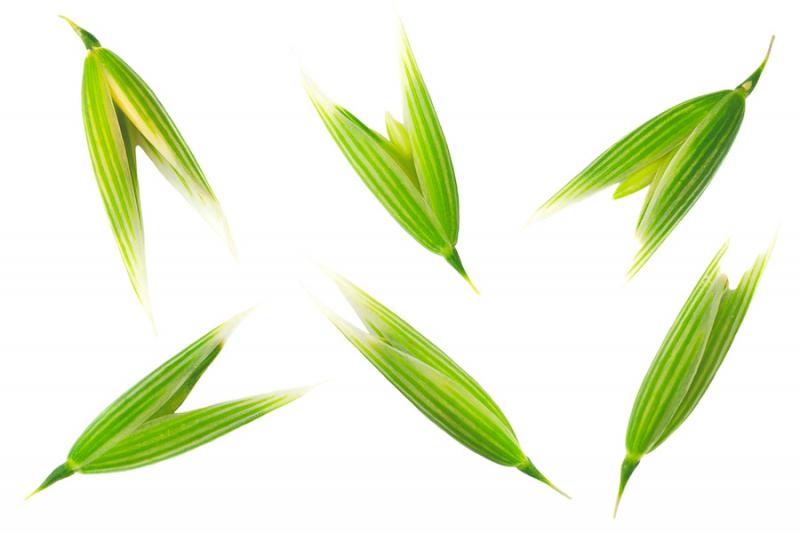 Oats have also been used as a mild tonic for the nerves. The whole plant has this quality, but it is strongest in the seeds when they are in the milk sugar stage. Just like corn on the cob is juicy and sweet but dries into the grain we call corn, oat seeds are also sweet and juicy before they are fully mature. Herbalists harvest these milky seeds and tincture them to produce an excellent nerve tonic that helps rebuild enervated or frayed individuals.
Oats have also been used as a mild tonic for the nerves. The whole plant has this quality, but it is strongest in the seeds when they are in the milk sugar stage. Just like corn on the cob is juicy and sweet but dries into the grain we call corn, oat seeds are also sweet and juicy before they are fully mature. Herbalists harvest these milky seeds and tincture them to produce an excellent nerve tonic that helps rebuild enervated or frayed individuals.
Henriette Kress says that milky oats is the single best herb for sudden emotional loss, whether it be from a distant natural disaster or the death of someone close. She recommends it both for those who are directly affected by the loss and sorrow and for those who stand beside them, frustrated by their sheer helplessness.
Milky oats can be combined with other nervines to treat any kind of nervous, mental, and physical exhaustion, however, it however works best on people with mental and physical exhaustion, that also lack focus and are irritable. They may have lost interest in life and don’t have the energy to maintain normal activities. You can combine it with corydalis for opiate withdrawal.
Oatmeal and oat straw also help the nerves. Oats act as a natural anti-depressant and mild sedative. Oat straw tea and milky oat seed have been used to aid the nerves in conditions such as headaches, depression, tension, insomnia, anxiety, and feelings of melancholy and sadness.
Oats as an Emotional Remedy
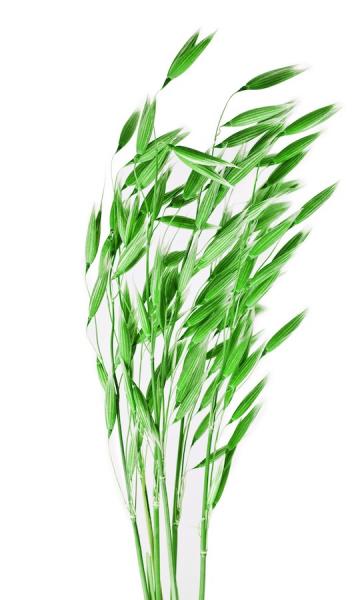 Oat can also be helpful for sexual exhaustion and impotence from sexual excesses. They have been traditionally used to support a healthy libido.
Oat can also be helpful for sexual exhaustion and impotence from sexual excesses. They have been traditionally used to support a healthy libido.
This brings us to oat as a flower remedy. A person can waste their time and energy “sowing wild oats,” and not discovering any real purpose or meaning for their lives. Oat flower essence is indicated when people are confused and indecisive about the direction of their life. They try many activities, but are chronically dissatisfied. Oat flower essence helps them discover and express their inner calling, finding their life work and purpose. It can also help them clarify their goals and values.
Finally, let’s not forget oat bran, which is made from the husks of the grain. It is a great source of fiber for the colon. It has been shown to reduce cholesterol and reduce the risk of colon disorders and heart disease.
I love knowing how to use common household items as medicine, and I hope you have a new-found appreciation for all the ways oats can be used to strengthen and heal the body. This is the final article in my series on the medicinal value of grasses and I hope they have helped highlight the positive benefits the many members of the grass family have in our lives and health.
Steven's Articles
October
-

-
Understanding Caffeine & Cellular Adaptation
Preserving the power of caffeine's buzz and the…
September
-

-
Horseradish
A pungent spice for aiding protein metabolism…
-

-
Banaba or Crepe Myrtle
A beautiful tree from Southeast Asia whose leaves…
August
-

-
Monkeyflowers
Flower essences to help see ourselves more clearly…
-

-
Mariposa Lilies
Strengthening the bond between mother and child…
-

-
The Noble Bay Leaf
A common kitchen herb for aiding digestion and…
-

-
Epimedium: Horny Goat Weed
A circulatory stimulant and kidney yang tonic…
July
-

-
The Medicinal and Nutritional Benefits of Apricots
A nutritious fruit and valuable medicinal seed for coughs
-

-
Dogwoods
Asian dogwood is used to stop excessive discharge,…
June
-

-
Neem: The Village Pharmacy
A popular Ayurvedic remedy for dental and immune…
-

-
Spilanthes: The Toothache Plant
A traditional remedy for teeth and gums, as well…
-

-
Forsythia
An anti-inflammatory, fever-reducing, and infection fighting herb
May
-

-
Buckwheat (Kashi)
A delicious, high protein, gluten-free, gut-healthy food
-

-
Leaky Gut Syndrome
Plugging the leaks on the underlying cause of…
-

-
Storksbill
An edible, medicinal, weedy herb, helpful for…

